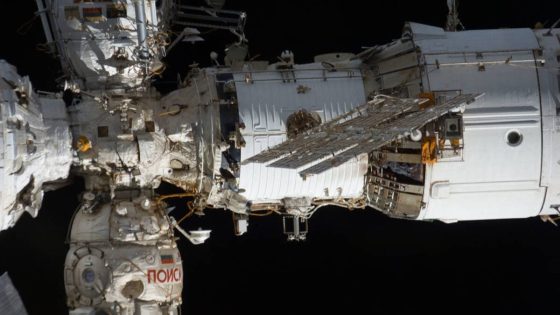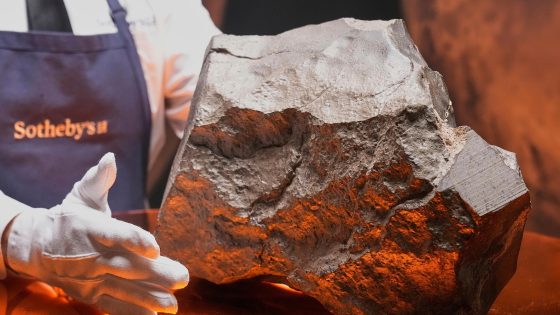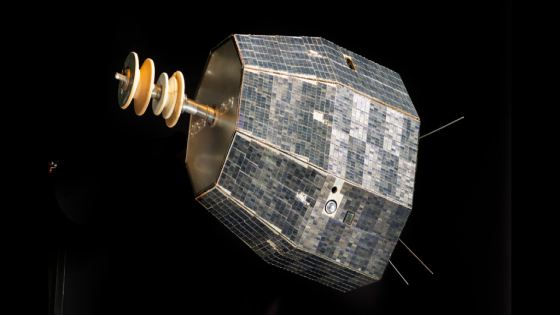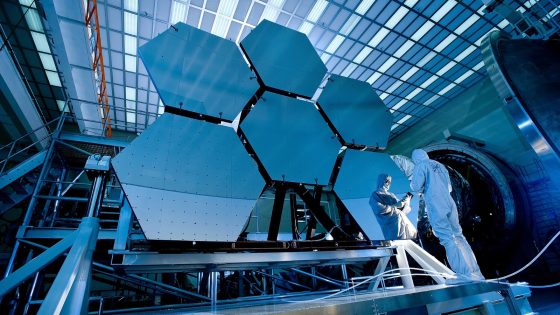Recent advancements in materials science have led to the development of a groundbreaking copper-based alloy in Japan. This innovative alloy maintains its unique properties in extreme cold, promising significant breakthroughs for space exploration and hydrogen technology.
- New copper alloy excels in extreme cold
- Surpasses traditional shape memory alloys
- Applications in space and hydrogen technology
- Collaborative effort among Japanese institutions
- Potential uses in robotics and aerospace
- Significant implications for future technologies
On July 24, 2025, researchers unveiled this alloy’s ability to function at temperatures as low as -328 °F, far surpassing traditional materials like nickel-titanium. Its unique shape memory effect opens new avenues for high-performance applications.
This development raises important questions about the future of materials used in harsh environments. How will this alloy influence the design of space technologies? Could it redefine hydrogen storage systems? Consider these points:
- Retains shape memory at temperatures as low as -328 °F.
- Potential applications in space telescopes and hydrogen transport.
- Collaborative effort among leading Japanese institutions.
- Offers a solution to challenges faced by conventional materials.
As researchers explore the capabilities of this copper-based alloy, the future of technology in extreme environments looks promising. Will this innovation pave the way for sustainable advancements in space and energy sectors?
































